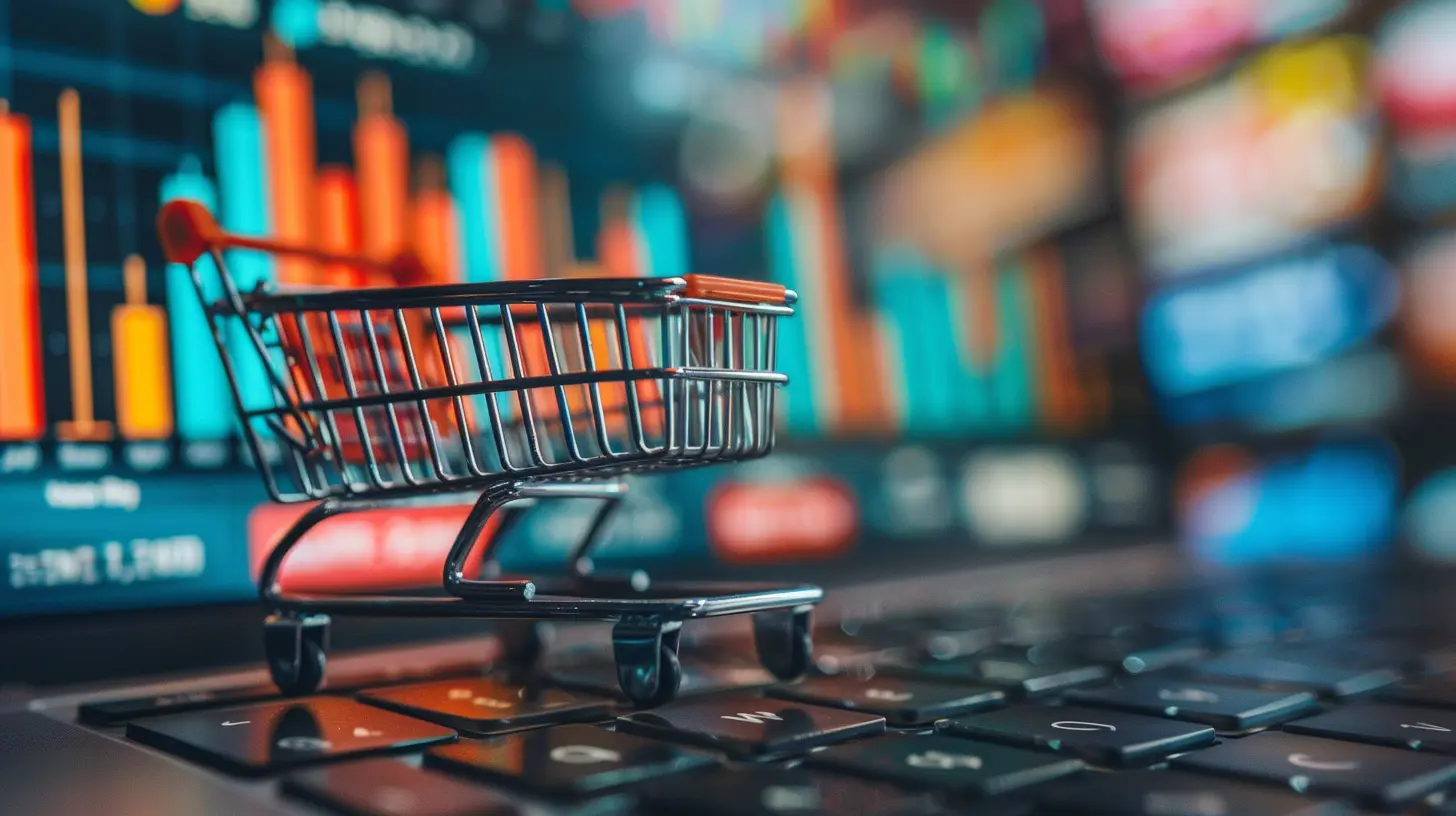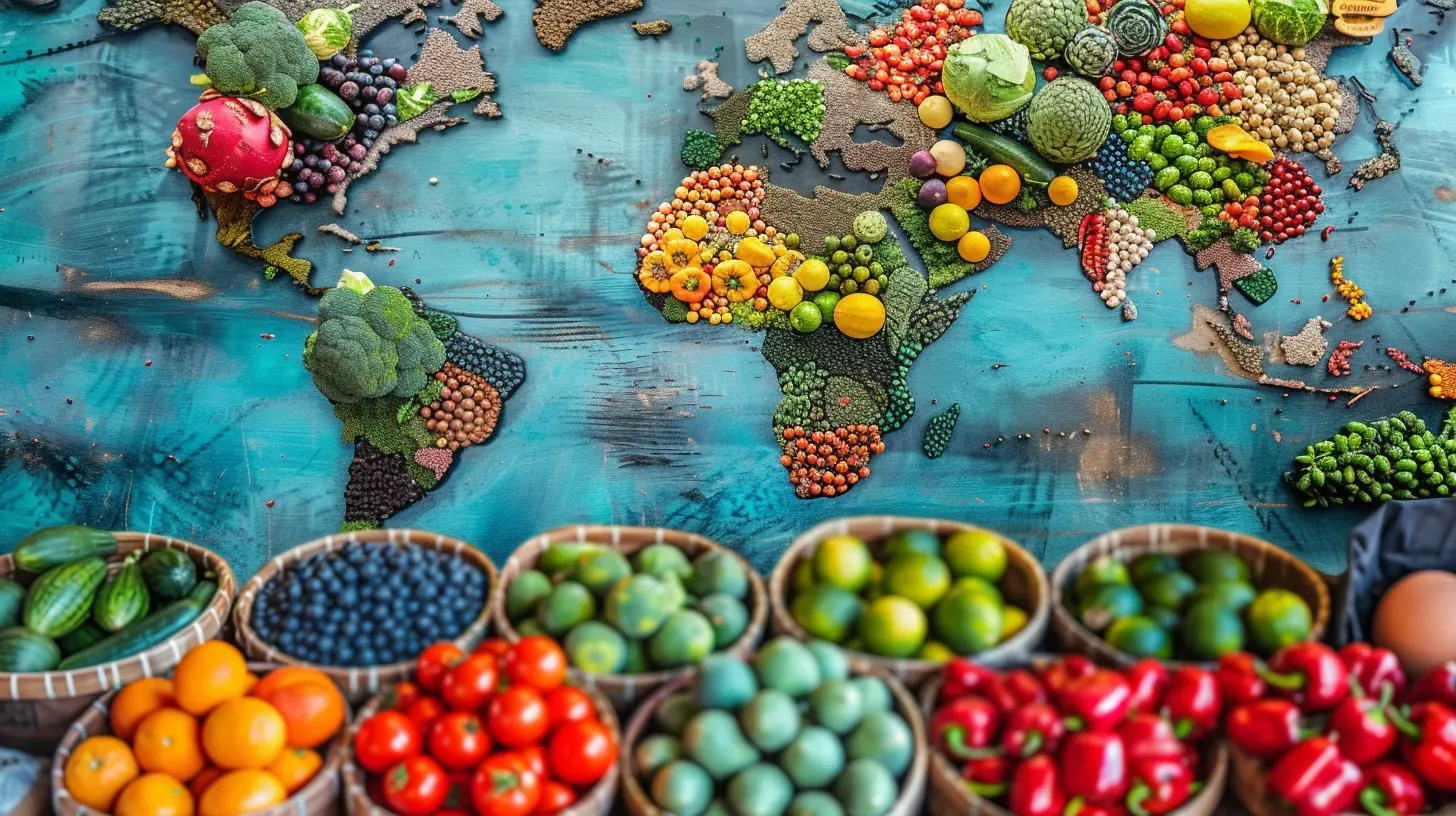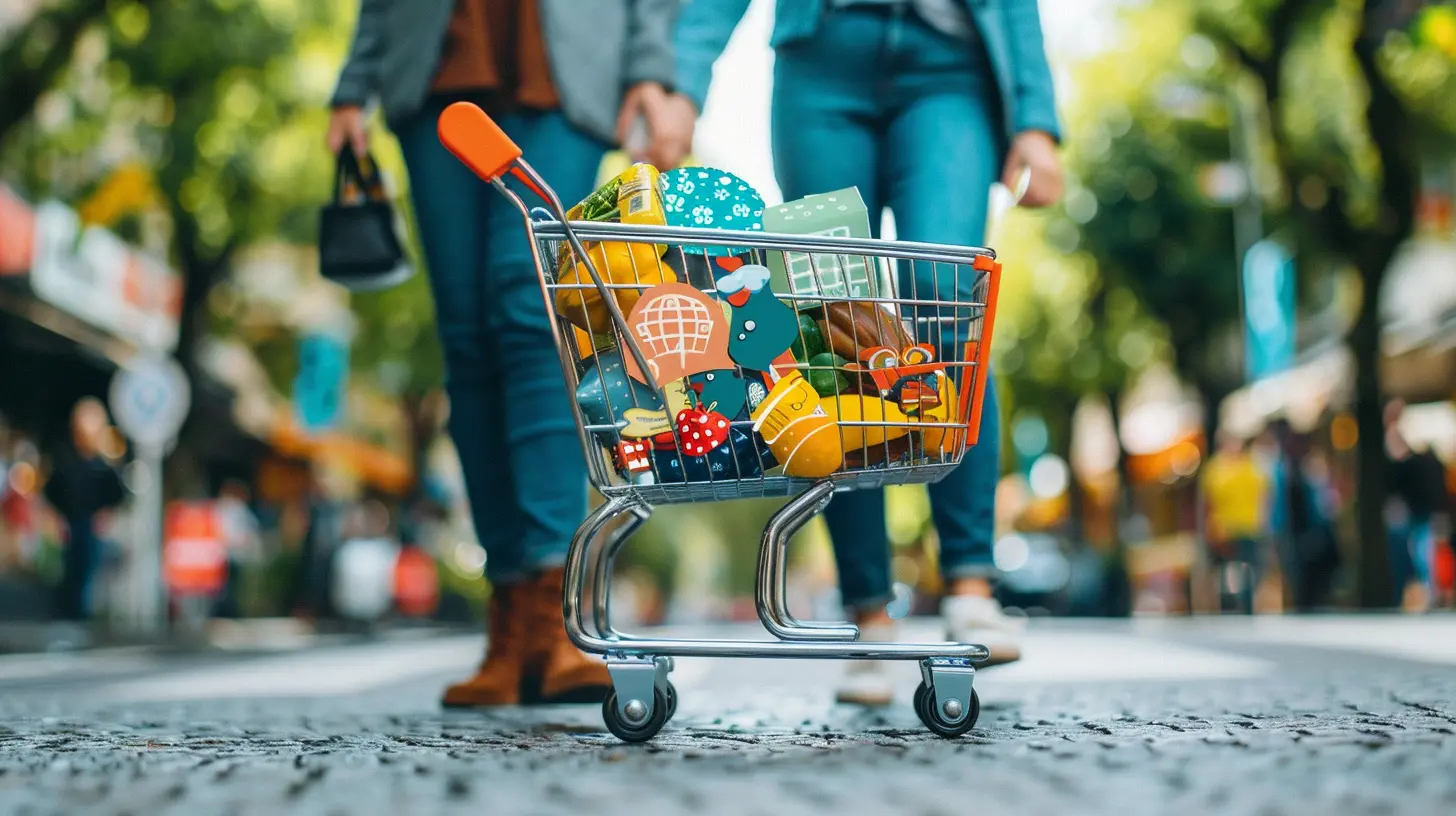Understanding the Relationship Between Consumer Behavior and Global Trends
29 May 2025
Ever wondered why people suddenly go crazy over avocado toasts or why minimalist sneakers became a thing overnight? These aren’t just random phenomena. They’re driven by the fascinating connection between consumer behavior and global trends. Understanding this dynamic relationship isn't just a marketing buzzkill; it’s the key to deciphering what consumers want, why they want it, and how businesses can stay ahead of the curve.
But here’s the thing — consumer behavior is like a giant jigsaw puzzle. It’s influenced by so many factors: cultural shifts, social media, economic changes, technological advancements, and, of course, human emotions. And when you throw global trends into the mix? Boom! You’ve got a complex but exciting interplay that transforms the marketplace in ways we don’t always see coming. So buckle up, because we’re about to dive deep into this topic, and trust me, it’s worth it.
What Is Consumer Behavior? A Quick Refresher
Okay, let’s start with the basics. Consumer behavior is all about understanding how people make decisions about what they buy, use, and dispose of. It’s a cocktail of psychology, sociology, and economics all stirred together. Why do people choose Product A over Product B? What motivates them to spend $300 on a pair of sneakers or opt for a cheaper knockoff? These are the questions consumer behavior seeks to answer.And here’s the kicker — consumer behavior isn’t static. It’s constantly influenced by a host of external factors, including global trends. Think of it like a dance where the steps keep changing, and businesses have to adapt to the rhythm or risk getting left behind.
Decoding Global Trends: The Big Picture
Now, let’s talk about global trends. These are the massive, overarching shifts that shape society as a whole. They’re like the ocean currents that influence the waves (aka consumer behaviors). Global trends can be driven by technology (hello, AI and virtual reality), environmental concerns (sustainability is huge right now), or social movements (like the push for diversity and inclusion).The thing about global trends is that they don’t emerge out of thin air. They’re usually the result of cultural, economic, or technological forces converging over time. And once they take root, they start influencing consumer behavior on a broad scale. 
The Symbiotic Relationship Between Consumer Behavior and Global Trends
So, how exactly do consumer behavior and global trends play off each other? Picture it like a feedback loop. Global trends shape consumer behavior, and in turn, consumer behavior reinforces or even amplifies these trends. Let’s break this down a bit more.A Two-Way Street
Think about how the rise of smartphones (a global trend) changed the way we shop. Mobile-first consumers now expect seamless online shopping experiences, and businesses have pivoted to prioritize mobile-friendly websites and apps. But here’s the twist: the consumer demand for convenience (a behavior) then pushed tech companies to innovate even further, leading to features like one-click purchases and personalized recommendations.It’s a two-way street where global trends and consumer behaviors continuously influence each other. Neither exists in a vacuum.
The Impact of Technology
Take TikTok, for instance. It went from being a quirky little app to a full-blown global trend practically overnight. Its bite-sized, highly engaging format changed the way many of us consume content. But its popularity also revealed something deeper about consumer behavior — our (borderline unhealthy) addiction to instant gratification and snackable content.Brands quickly caught on. They started creating TikTok-worthy ads, hopping on viral challenges, and even shifting their marketing strategies to cater to Gen Z’s short attention spans. See how the trend shaped behavior and then behavior fed back into the trend?
Why Emotions and Values Are Critical in This Equation
Now, let’s not forget the human element. If global trends are the backdrop, emotions and values are the main characters. People don’t just buy products; they buy how those products make them feel. And yes, this is where it gets really interesting.The Rise of Values-Driven Purchases
In today’s world, people care deeply about values like sustainability, transparency, and equality. Why do you think brands like Patagonia and TOMS are so popular? They’ve tapped into a global trend where consumers want their purchases to align with their personal values. And because this isn’t just a fleeting moment but a long-term cultural shift, businesses are scrambling to adapt.FOMO and Social Proof
Don’t underestimate the power of FOMO (fear of missing out). Global trends often capitalize on this, and consumer behavior follows suit. Remember when everyone suddenly wanted to try dalgona coffee during the pandemic? It wasn’t because we all collectively discovered a magical love for whipped coffee — it was FOMO at its finest, amplified by social media.The Role of Culture in Shaping Behavior and Trends
Let’s not ignore the cultural angle. Cultural norms and values heavily influence how global trends manifest in different regions. For example, while plant-based diets are trending worldwide, the way they’re marketed and adopted in, say, North America is vastly different from how they’re embraced in Asia.Understanding these cultural nuances is crucial for businesses. It’s not just about jumping on the latest trend but tailoring it to align with the cultural context of your target audience.
How Businesses Can Adapt and Thrive
Alright, so we’ve established that consumer behavior and global trends are intricately linked. But what does that mean for businesses? How can they keep up without losing their sanity? Here are a few actionable tips:1. Stay Informed
Businesses need to have their finger on the pulse of global trends. This means paying attention to industry reports, staying active on social media, and even conducting their own consumer research. Tools like Google Trends or social listening platforms can be game-changers.2. Be Flexible
Agility is the name of the game. Trends can shift overnight (remember the sudden surge in remote work tools during the pandemic?). Businesses that can pivot quickly and adapt their offerings to align with new consumer behaviors will have the upper hand.3. Focus on Authenticity
Consumers can smell inauthenticity from a mile away. If you’re going to align your brand with a global trend, make sure it’s done sincerely. Don’t just slap a “green” label on your product because sustainability is trending—back it up with real action.4. Leverage Data
Data is your best friend when it comes to understanding consumer behavior. Use it to identify patterns, predict future trends, and even personalize customer experiences. But remember, data without context is just noise. Always pair it with a solid understanding of your audience.A Look Ahead: The Future of Consumer Behavior and Global Trends
So, what’s next? While predictions are always tricky (remember when everyone thought fidget spinners would last forever?), some emerging trends are worth watching. For example:- The Metaverse: As virtual worlds become more mainstream, expect consumer behaviors to shift in ways we can’t even fully comprehend yet.
- Sustainability 2.0: It’s not just about being “green” anymore; it’s about circular economies and zero-waste lifestyles.
- AI-Powered Personalization: Consumers will expect hyper-personalized experiences, whether it’s through shopping, entertainment, or even healthcare.
The point is, the relationship between consumer behavior and global trends will keep evolving. And while we can’t predict everything, one thing's for sure: the businesses that succeed will be the ones that stay curious, adaptable, and, above all, human.
Final Thoughts
Understanding the relationship between consumer behavior and global trends is like having a cheat code for the business world. It’s not just about spotting “what’s hot” but digging deeper to understand “why it’s hot” and how it’s shaping the way people think, feel, and act.So the next time you notice a new trend popping up, pause for a second. Think about the consumer behaviors driving it and how it might intersect with your brand or business. Trust me; these insights are worth their weight in gold — or avocado toast.
all images in this post were generated using AI tools
Category:
Economic TrendsAuthor:

Rosa Gilbert
Discussion
rate this article
3 comments
Shania Warner
Exploring the connection between consumer behavior and global trends opens up exciting opportunities for innovation and growth. By staying attuned to these dynamics, businesses can adapt and thrive in an ever-evolving marketplace. Embrace the change!
June 16, 2025 at 3:09 AM

Rosa Gilbert
Thank you for your insights! Embracing the interplay between consumer behavior and global trends is indeed key to driving innovation and success in today's marketplace.
Elizabeth Hahn
Great article! It's amazing how consumer behavior acts like a trendy dance floor—constantly shifting with global beats! Understanding these rhythms can help businesses groove to the right tune. Let’s keep our dancing shoes on and stay in sync with those ever-evolving trends! 💃🌍🕺
June 1, 2025 at 4:05 AM

Rosa Gilbert
Thank you! I'm glad you enjoyed the article. Staying in sync with these trends is indeed crucial for success! 💃🌍🕺
Gwen Velez
Great insights! Understanding the interplay between consumer behavior and global trends is crucial for businesses today. By staying attuned to these shifts, companies can better adapt and thrive in an ever-evolving marketplace. Keep exploring these connections—your analysis can inspire innovative strategies and foster meaningful connections with customers!
May 29, 2025 at 3:25 AM

Rosa Gilbert
Thank you for your thoughtful comment! I'm glad you found the insights valuable. Staying attuned to these dynamics is indeed key for businesses to thrive.



